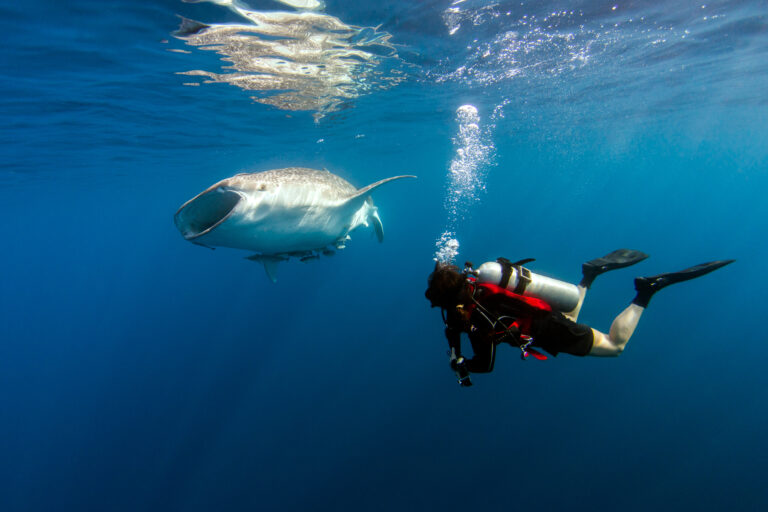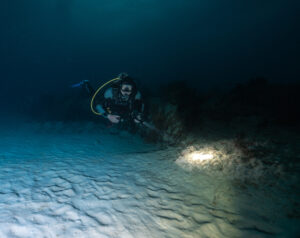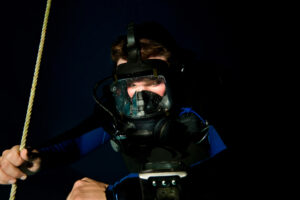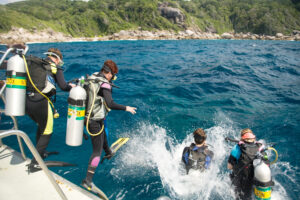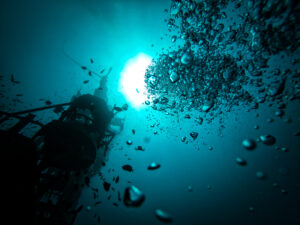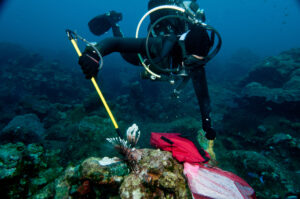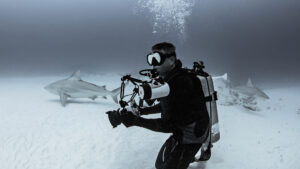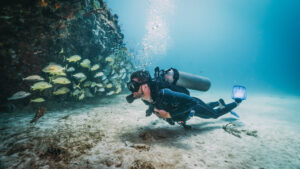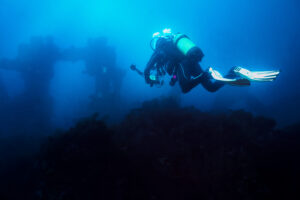What is a Unbalanced Regulator?
The unbalanced regulator, a once dominant piece of scuba diving equipment, is a technology rooted in the sport’s history. This device, which regulates the high-pressure air from the scuba tank to a breathable pressure for the diver, is distinguished by its susceptibility to changes in tank pressure. Though largely phased out in favor of balanced regulators, the unbalanced regulator remains a key reference point in understanding the evolution of diving equipment and safety.
Functionality and Design
Unbalanced regulators operate on a simple yet effective principle. They consist of two main parts: the first stage that attaches to the tank, and the second stage, which is the mouthpiece from which the diver breathes. The first stage contains a spring-loaded piston that moves in response to changes in tank pressure. When the tank pressure is high, it forces the piston open, allowing air to flow to the second stage. Conversely, as the tank pressure decreases, it becomes easier for the spring to push the piston into a closed position, reducing the airflow.
The second stage of the unbalanced regulator has a demand valve that opens when the diver inhales and closes when they exhale. It uses ambient water pressure and the force of the diver’s inhalation to open the valve, allowing the air to flow from the first stage through the regulator’s hose and into the diver’s mouth.
Performance Characteristics
One of the defining characteristics of unbalanced regulators is their performance variability over the course of a dive. At the start of the dive, when tank pressure is highest, unbalanced regulators deliver air smoothly and abundantly. However, as the dive progresses and tank pressure diminishes, the piston is more easily forced into a closed position, making it increasingly harder for the diver to draw air from the regulator. This phenomenon, often referred to as “breathing resistance,” increases towards the end of the dive, particularly at greater depths where ambient pressure is higher.
Advantages and Limitations
Unbalanced regulators were favored in the early days of scuba diving due to their simplicity and durability. Their design involves fewer moving parts, which reduces potential points of failure, and their maintenance is generally easier and less expensive. Moreover, when functioning within their ideal pressure range, they deliver air effectively and reliably.
However, the primary limitation of unbalanced regulators—their increased breathing resistance as tank pressure drops—poses a significant disadvantage. This characteristic can potentially increase the risk of hypoxia, particularly in emergency situations where the diver’s air consumption may spike. Additionally, the increased effort needed to breathe can exacerbate diver fatigue, particularly during long or deep dives.
Evolution and Current Use
Due to the limitations of unbalanced regulators, the scuba diving industry has largely transitioned to balanced regulators. Balanced regulators overcome the main shortcoming of their unbalanced counterparts by maintaining a consistent breathing resistance, regardless of tank pressure or depth. They achieve this through a more complex design that balances the forces acting on the valve in the first stage, hence their name.
Despite their near disappearance from the current scuba equipment market, unbalanced regulators still hold a place in dive training and history. Understanding their operation and limitations provides a foundation for appreciating the function and safety of modern diving regulators. While the majority of today’s divers may never use an unbalanced regulator, their legacy lives on in the technology that succeeded them.
The Future of Unbalanced Regulators
While the unbalanced regulator has mostly disappeared from the mainstream scuba equipment market, its legacy persists. Some diving purists and history enthusiasts continue to use and maintain these older pieces of equipment, ensuring they are not entirely forgotten. Moreover, unbalanced regulators can still be found in certain niche applications, such as vintage scuba diving events or in regions where access to modern equipment is limited.
In the realm of dive training, the unbalanced regulator also serves as an educational tool. It provides an opportunity for instructors to explain the technological evolution of scuba equipment, thereby instilling a deeper understanding of equipment safety and functionality in their students.
Maintenance and Safety Considerations
Despite its decreased prevalence, proper maintenance of unbalanced regulators remains paramount for those still in use. Regular servicing by a qualified technician is essential to ensure their safe operation. This typically involves cleaning, inspecting, and replacing worn components. Given their age and decreasing availability of parts, this can be a challenge, but it underscores the importance of meticulous upkeep.
As with all scuba equipment, safety is crucial. Divers using unbalanced regulators should be aware of their unique characteristics, especially the increased breathing resistance as tank pressure drops. It is important to plan dives appropriately, taking into consideration the regulator’s performance and the diver’s air consumption rate.
Key Takeaways
The unbalanced regulator, though largely replaced by its balanced counterpart, remains a significant chapter in scuba diving’s rich history. The understanding of its function and limitations provides valuable insights into the evolution of diving technology and safety. Its story, from its widespread use to its eventual phase-out, underscores the ever-evolving nature of scuba equipment, driven by the ongoing pursuit of safer, more efficient underwater exploration. As we look to the future, we honor the past, appreciating the unbalanced regulator’s contribution to the sport we know and love today.
In the grand arc of scuba diving technology, the unbalanced regulator represents an important step in the sport’s evolution. These regulators, while largely replaced due to their increasing breathing resistance, contributed greatly to the development of the more efficient and safer balanced regulators that divers use today. As such, they remain a poignant reminder of the progress that has been made in ensuring the safety and enjoyment

